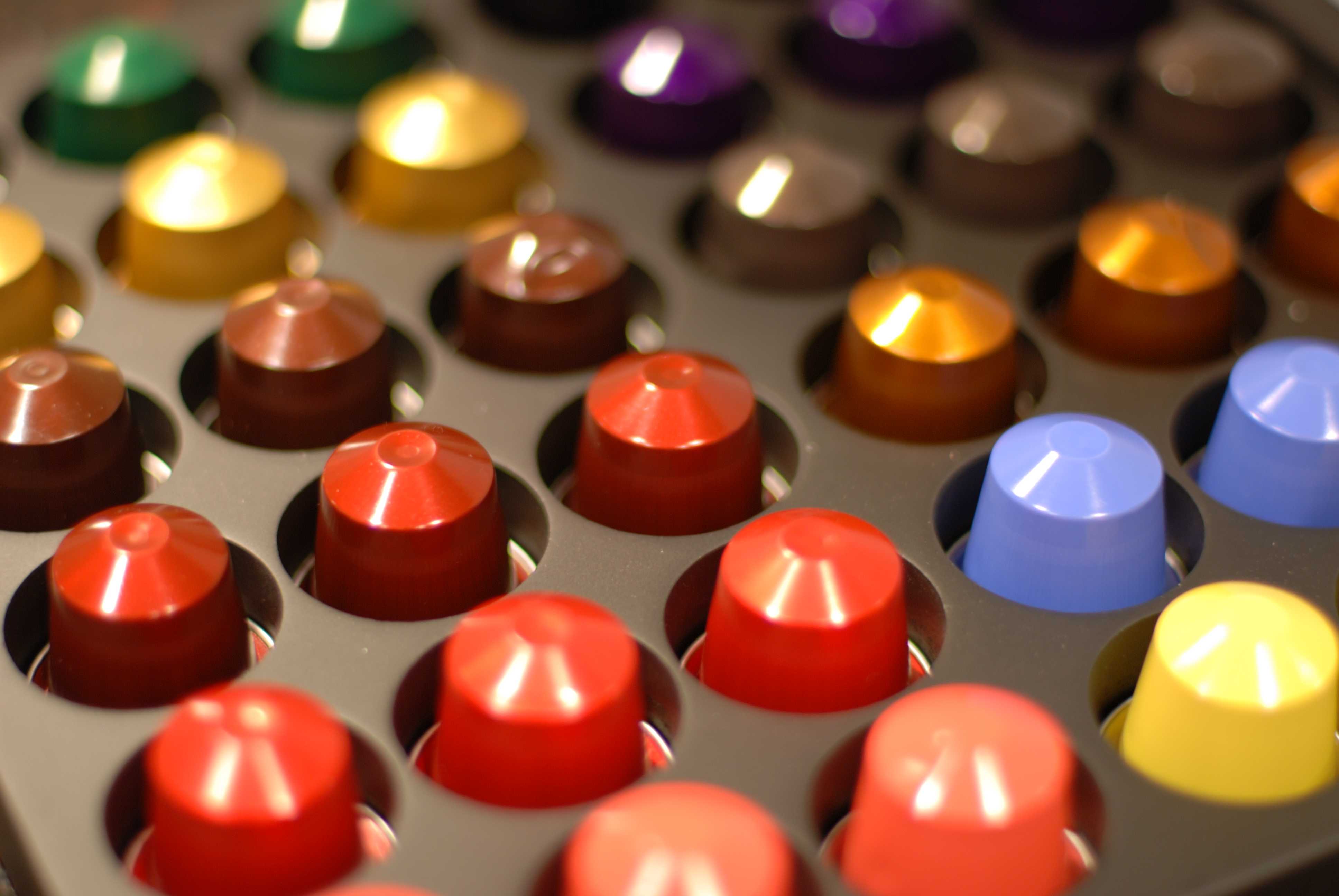by Tess Ingram*
A well-trained, well-dressed individual greets you as you enter the store. The room is sleekly designed, with hard furnishings and bright displays. You might even find a private area for “club members”.
This isn’t a luxury hotel or an exclusive store selling designer clothes, but a Nespresso “boutique”.
For a global beverage company that sells a convenient, disposable product, Nespresso’s carefully crafted luxury image is powerful and profitable. Nespresso, an autonomous business within food behemoth Nestlé, has dominated the fastest-growing, multibillion-dollar segment of the global coffee industry – capsule coffee.
For the consumer, the experience starts with suave Hollywood actor George Clooney, who has been the company’s brand ambassador for a decade, advertising the coffee as a coveted, luxury product.
HYPER-INDIVIDUALISED EXPERIENCE
Once enticed to one of more than 400 global boutiques or the exclusive online store – you can’t buy Nespresso at your supermarket – consumers are presented with a hyper-individualised coffee experience, with 23 Grand Cru coffee capsules to choose from, a range of limited-edition, and more expensive, capsules and numerous aesthetically pleasing machines.
Borrowing the grand cru terminology from French wine houses is deliberate – Nespresso’s head of coffee Karsten Ranitzsch believes coffee should be enjoyed like a fine wine.
The company has a coffee “academy” for educating chefs, as well as a coffee training program for sommeliers. “We have been trying to change the way people perceive coffee,” Ranitzsch says.
“We have a range of 23 coffees – people pick different [ones]. In the past they would have had a coffee machine and one after the other had the same coffee. But by the innovation we have, and difference in taste, we encourage people to pay more attention to the product and appreciate it more.”
Half of the Australian population drinks coffee and statistics suggest more coffee drinkers are reaching for capsules to satisfy their caffeine cravings. In Ranitzsch’s case that’s 12 capsules a day, which certainly qualifies him as an expert.
HALF A SHOT
He blames his astounding intake on his more than three decades in the coffee industry, which began at 17 years old at a coffee roaster in his home country Germany, and he laughs as he tells the story of the time he had one too many coffees on a tasting trip to Milan.
It seems 15 is his limit.
Not all consumers share Ranitzsch’s passion for Nespresso. Its goal is barista coffee at the push of a button, but plenty say the company’s brew of the black stuff doesn’t quite measure up. This might be because the company’s capsules contain about five grams of coffee, just half of what a barista would use in a single espresso shot.
Because of this, it is also one of the most expensive ways to drink the energy-enhancing beverage.
Nespresso’s stance is that it delivers quality and consistency, whereas when at a coffee shop you are gambling on whether the machine’s been set up properly or the barista well trained. A Nespresso machine gives you the same result every time – and it is open 24 hours.
Ranitzsch says the way people “experience” coffee shouldn’t be mutually exclusive – different environments serve different purposes. A barista-made coffee can be a social event, while home coffee machines are great for entertaining or choosing a specific blend to complement your evening meal.
Regardless, the coffee pod’s popularity is growing, making that old tin of instant look ever less appealing. “You can have images of celebrities or whatever but at the end of the day it is the product you consume,” Ranitzsch says. “That is what you have in your cup.”
The reporter travelled to Costa Rica as a guest of Nespresso.


















